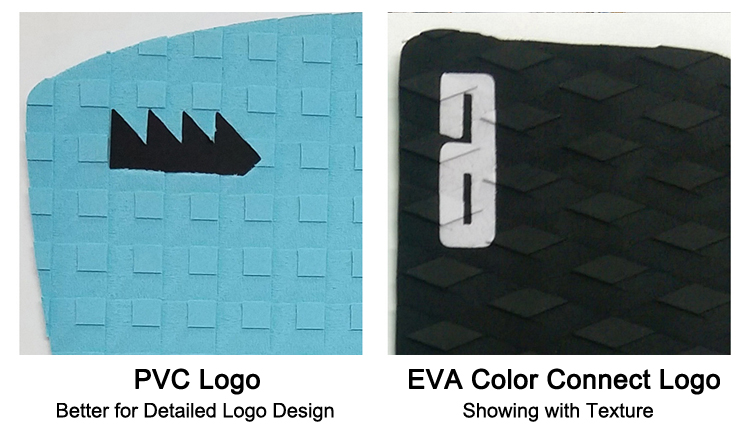Recently, Sintavia, a metal additive manufacturer, announced that it has developed a new process for manufacturing 3D printed parts for F357 aluminum and other AI-Si alloys. It is reported that the new process has been developed specifically for applications in the aerospace and automotive industries. These industries require high-quality parts with low density, good processability, and thermal conductivity. According to 3D Tiger, Sintavia is the global leader in metal additive manufacturing technology and hopes to expand the scope of 3D printing technology. Obviously, they have taken another major action to achieve this goal through their new method of 3D printing F357 aluminum, this material can provide industry more powerful and more reliable 3D printed metal parts. At present, most aluminum alloy components are still produced using conventional casting methods, which although reliable, can be expensive and time consuming. However, using Sintavia's unique new process, the company hopes to provide the industry with alternative manufacturing methods that do not compromise on materials and quality. Doug Hedges, president and chief operating officer of Sintavia, commented: “We have seen increased demand for manufacturing Al-Si parts for the aerospace and automotive industries. With Sintavia's full manufacturing capabilities, we have developed a process to manufacture F357 aluminum samples and quickly test them. To prove that they meet or exceed the stringent validation parameters of these industries." As described above, the new process involves "end-to-end parameters" that include pre-built material analysis, post-production heat treatment, and stress relief above the additive manufacturing of components. In fact, Sintavia's patented technology has enabled metallic 3D printed parts to exceed the original design strength by up to 125% and net density close to 100%. In addition, Sintavia validates the calculated environmental variables by testing the intensities at elevated temperatures and sub-zero temperatures. In the end, Sintavia's additive manufacturing process is being developed to provide opportunities for aerospace and automotive and other manufacturing industries to promote and improve the supply chain and production cycle. Not only is the additive manufacturing process, the company also emphasizes its complete end-to-end service. As Sintavia said, these take advantage of AM's speed advantage while providing accurate powder analysis, post-processing, and on-site mechanical testing. EVA Traction Pad is the tail pad to be sticked on the surfboard. It comes with center arch and kick tail, which allow surfers to control the direction and stability when surfing in the sea. Eva Traction Pad,Non-Skip Traction Pad,Traction Pad,Surfboard Tail Pads,Grip Tail Pad,Eva Tail Pad Huizhou City Melors Plastic Products Co., Limited , https://www.melorsfoam.com
The design of surfboard Traction Pad can be in one piece, two pieces, or three pieces basically. The standard the classical texture for traction pad would be diamond like texture, as it can provide the stronger grip among all of them.


The EVA color connect logo is made along with the pad itself. Unlike the PVC logo, it is also EVA material same as pad, and also shows with the texture. The design of this logo can not be too detailed and small, it needs to be larger and simpler so that we can use the different color EVA material to connect them.